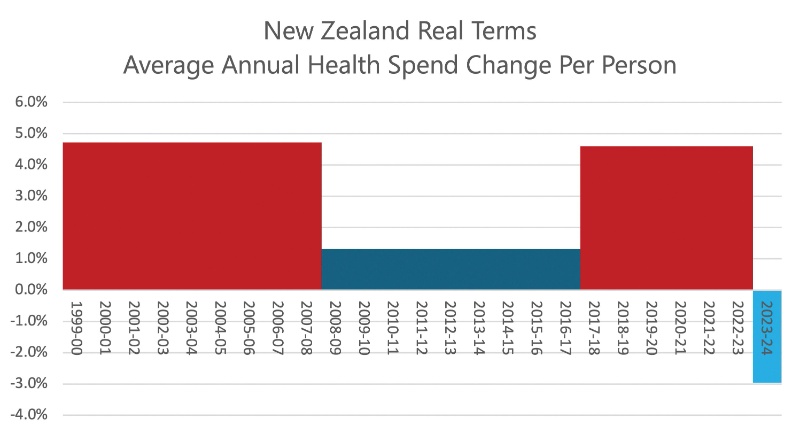Battle For Our Birds a great success
Battle For Our Birds a great success
Conservation
Minister Maggie Barry says the success of the Battle For Our
Birds programme is a welcome victory for endangered native
species.
The Department of Conservation today released preliminary monitoring results for the eight-month long anti-predator campaign.
“There are thousands more native birds alive today than there would have been without the work done by DOC’s Battle For Our Birds last summer,” Ms Barry says.
“If we had done nothing and treated it as business as usual, the rat and stoat plague accompanying last year’s beech mast would have wiped out local populations of some of our rarest birds such as the kakariki, mohua/yellowhead or whio/blue duck.”
Last spring brought with it a once-in-15 year beech mast, with more than a million tonnes of seed dropped by beech trees in South Island forests.
This triggered a population boom of millions of rats and thousands of stoats gorging themselves on the ample food available.
“When the seeds germinate the starving rats and stoats turn their attention to largely defenceless native birds. With such vast numbers of predators involved, our birds faced very grim odds of surviving the summer.”
Battle For Our Birds resulted in 600,000 hectares of the conservation estate targeted with aerial 1080 drops, poison bait stations and expanded trapping work over the last eight months.
Field monitoring shows these operations successfully managed to knock back rat numbers, even where they had already reached plague levels.
Treatment with aerial 1080 saw rat numbers crash to almost undetectable levels at many sites, such as Oparara in Kahurangi National Park, and a stoat plague was prevented.
“1080 remains the most effective method of controlling predator numbers in difficult hilly country, and I strongly support its continued use in conservation efforts. Battle For Our Birds shows how important a tool 1080 remains in protecting our native creatures.”
“Bird breeding success rates in areas which were targeted are also considerably higher than where there were no drops,” Ms Barry says.
“For example, the nesting success for the threatened mohua/yellowhead in the Dart and Routeburn Valleys this summer was just under 100 per cent, where previously almost half these nests have failed to produce eggs or chicks which survived.”
Monitoring will continue through the next breeding season. While 2015 will not see a beech mast, DOC will continue an escalated anti-predator campaign over the next four years.
“Battle For Our Birds is an ongoing initiative of enormous importance to the conservation of endangered animals in this country,” Ms Barry says.
“I warmly congratulate everyone in the DOC team who worked so hard in the first year of this programme and I’m looking forward to seeing more evidence of its future successes.”
ends


 Gordon Campbell: On The Americanising Of NZ’s Public Health System
Gordon Campbell: On The Americanising Of NZ’s Public Health System Rio Tinto & NZAS: Archaeological Project Underway From Historic Excavations At Tiwai Point
Rio Tinto & NZAS: Archaeological Project Underway From Historic Excavations At Tiwai Point New Zealand Deerstalkers Association: NZDA Urges Hunters To Prioritise Safety This Roar Season
New Zealand Deerstalkers Association: NZDA Urges Hunters To Prioritise Safety This Roar Season PSA: 1000 Days Since Landmark Pay Equity Deal Expired - Workers Losing $145 A Week
PSA: 1000 Days Since Landmark Pay Equity Deal Expired - Workers Losing $145 A Week Grace Tinetali-Fiavaai, RNZ: Widow Of Fa'anānā Efeso Collins Seeks Inquiry Into His Death - 'Unanswered Questions'
Grace Tinetali-Fiavaai, RNZ: Widow Of Fa'anānā Efeso Collins Seeks Inquiry Into His Death - 'Unanswered Questions' Te Pāti Māori: Te Pāti Māori Call For Mandatory Police Body Cameras
Te Pāti Māori: Te Pāti Māori Call For Mandatory Police Body Cameras NZ First Party: NZ First Introduces the “Conscience Acts Referendums Bill”
NZ First Party: NZ First Introduces the “Conscience Acts Referendums Bill”


